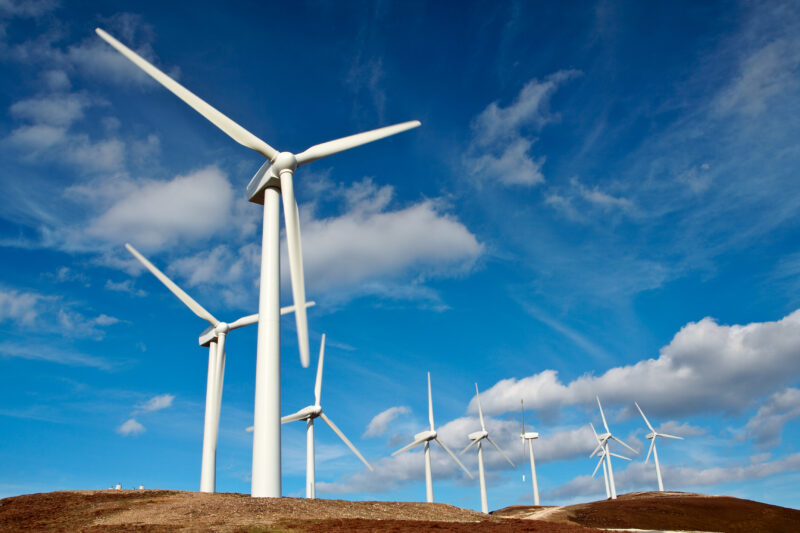Marine mammals communicate, forage, and navigate via sounds. Therefore, typical or unexpected sounds including underwater noise emanating from offshore installation activities, are a concern among environmentalists and wind developers. This created the need to look for quieter strategies for building offshore turbine structures. One such way includes pile driving instead of using loud and troublesome hydraulic hammers.

How noisy is a Wind Turbine?
Wind turbines are an excellent renewable energy source, and as a result, they’ve increased in popularity. But despite all the benefits linked with wind turbine energy, this technology has its flaws. The construction and operation of the offshore wind turbines cause excessive underwater noise, disturbing marine mammals, fishes, and residents within coastal regions. This is where IQIP comes in.
It has discovered a strategy for you to increase the installation window and cut the cost with state-of-the-art technology for effective noise reduction. The strategy is an integrated monopole installer. This is an established technology for noise reduction during driving piles and acts in accordance with the existing international noise mitigation legislation. You can click here to visit Australia’s leading noise consultants.
Explaining Integrated Monopile Installer
IQIP Integrated Monopile Installer comprises several features to mitigate noise during pile driving concurrently cutting operational time in multiple ways. This increases accuracy and helps create a secure working environment. The system comprises elements for inclination and monopole rotation. All components incorporated in a single system protect against currents and waves providing a longer installation window, which greatly leads to cost reduction.
Noise reduction offshore
To mitigate the noise emitted during operation, it’s critical that you identify the source. The primary sources of noise during operation include aerodynamic and mechanical.
Essentially, mechanical noises stem from diverse wind turbine elements like the generator, gearbox, and hydraulic system. Different mechanical noise mitigation techniques include vibration suppression, fault detection techniques, and vibration isolation.
The primary contribution to aerodynamic noise stems from the wind turbine blades’ trailing edge. Techniques for controlling aerodynamic noise are wind turbine blade adjustment methods and adaptive solutions. The latter techniques entail differentiating the blade’s speed of rotation and then increase the pitch angle. All these noise reduction strategies have been put into effect successfully to help control noise. They can lead to power loss creating the need to look for substitute adaptive solutions. Blade modification techniques like adding serration are useful in mitigating noise without necessarily causing power loss.
When it comes to wind turbines, multiple elements produce excessive noise. The noise from wind turbines is triggered by factors like populated areas, the gap between the wind turbine, and noise resulting from wind turbine operation. Besides, operating maintenance and conditions of the wind turbine have an impact on the production of noise.
Finally, wind power involves converting energy originating from wind turbine blades’ movement into electricity. Although wind power is efficient and cost-effective, it leads to excessive noise production. But noise reduction measures are applied to avoid irritating mammals and sea creatures. Some of the key benefits of wind power are that it’s safe, competitive, creates job opportunities, is non-pollutant, renewable energy, and so on.